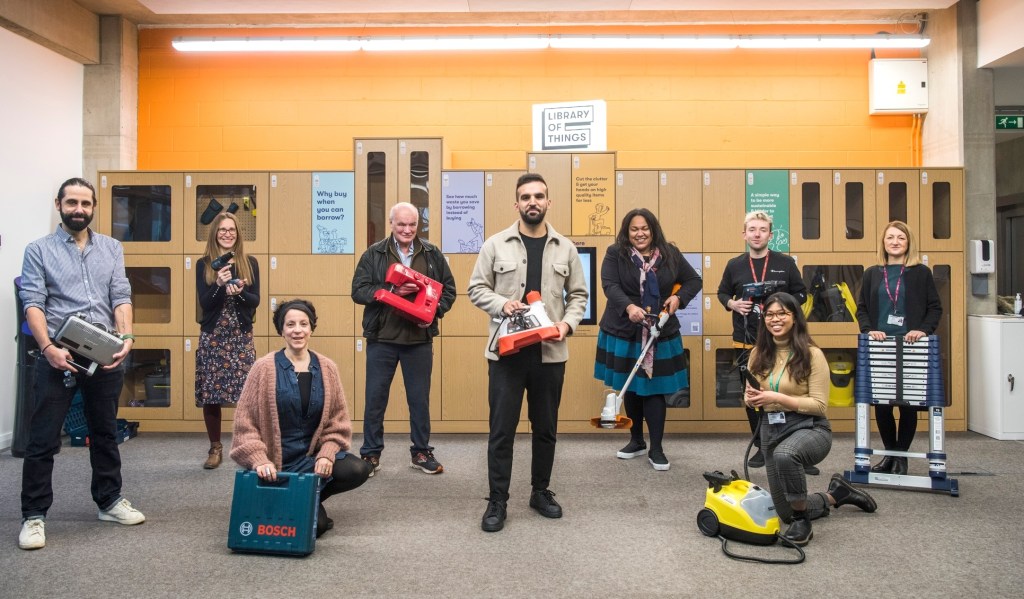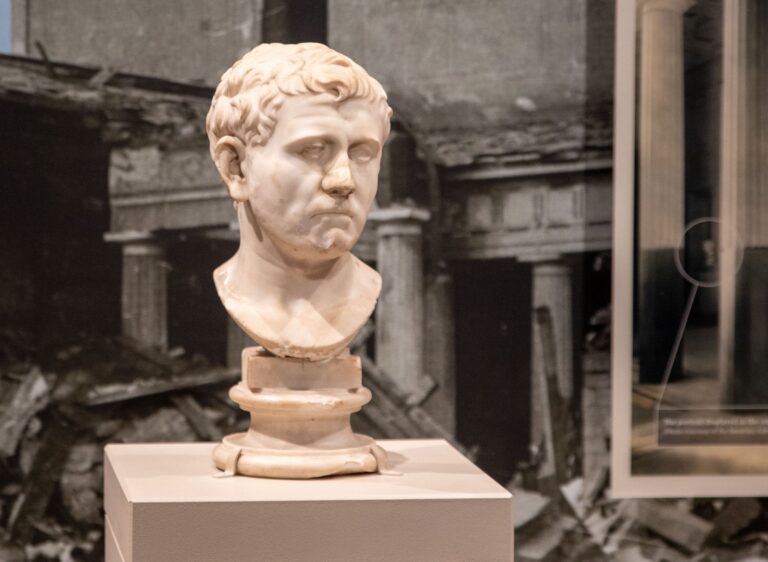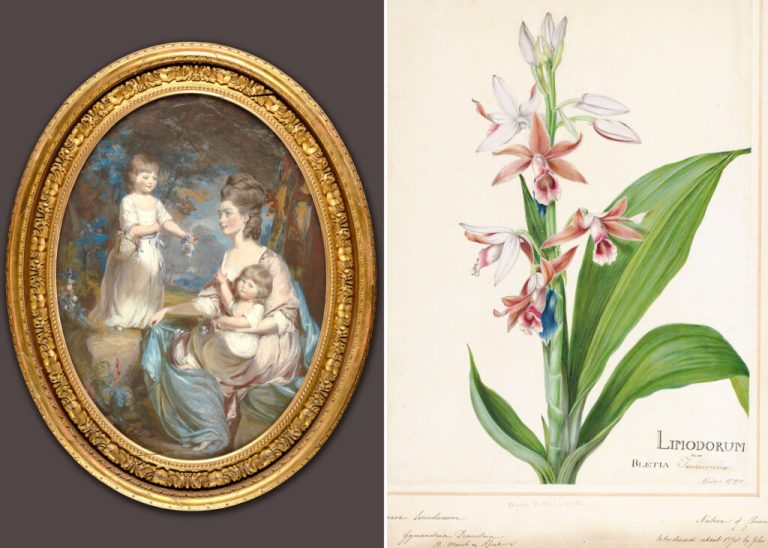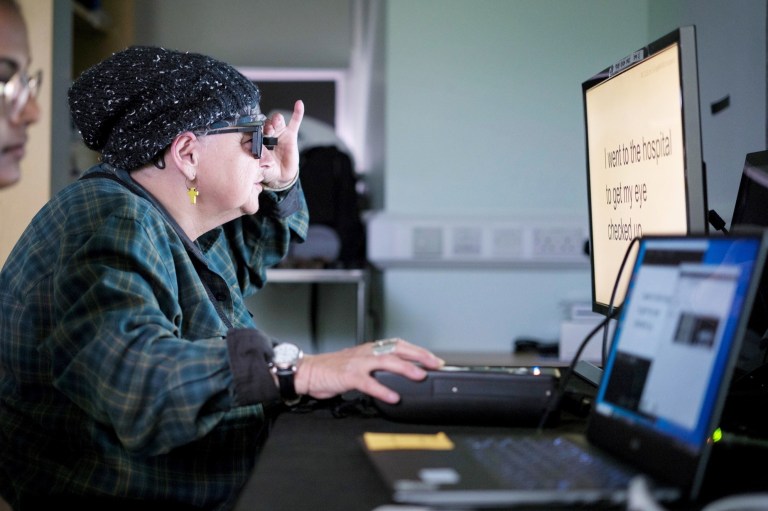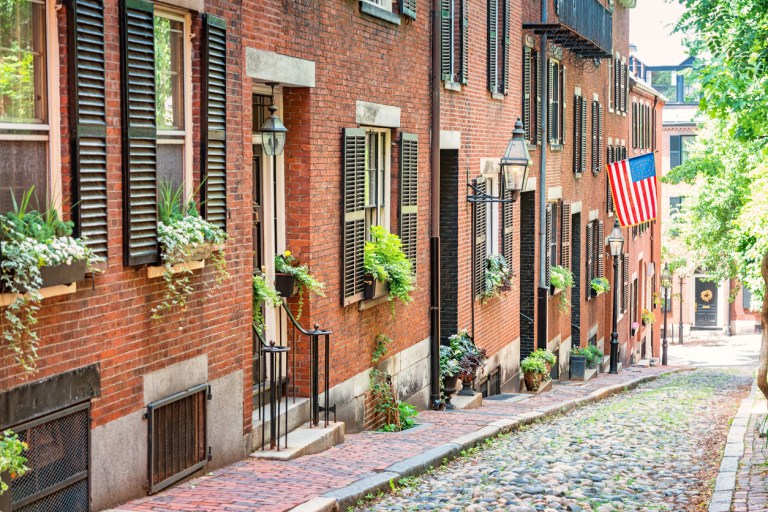Why buy when you can borrow? That’s the motto and model of the Library of Things. Instead of loaning out books, these institutions — the likes of which have been cropping up all over the world in recent years — loan out household products.
Though the concept has been around for decades (tool libraries are some of the earlier incarnations, dating at least as far back as the 1940s), the London-based initiative can be given credit for popularizing the term in the past decade. It started back as a simple experiment in 2014 after co-founder Rebecca Trevalyan came across an article about a “borrowing shop” in Berlin where residents could borrow things like tents, sewing machines, and other useful items.
“The idea just felt right to me,” Trevalyan shared in a TEDx Talk she gave the following year. “I’d always loved bringing people together around a cause.” She sent the article to two friends, one of whom immediately sent back the Twitter (now known as X) handle “Library of Things.”
Today, the project has expanded from a three-month trial out of a local library to include 17 locations across London. Borrowers can rent the products they only use now and then for a small percentage of what the purchase price would be. The website includes a searchable database for users to reserve items like an ice cream maker, carpet cleaner, gazebo, PA system, movie projector, pressure washer, and more.
“We really want to make rental go mainstream, make it more affordable, convenient, and socially rewarding than buying something from Amazon,” Trevalyan explained to The Guardian in May.

A Library of Things collection within the Sachsenhausen Library Centre in Frankfurt, Germany
And according to Linda Weston, former managing director of Barclaycard Payments, the company that introduced the U.K.’s first credit card in 1966, rental is going mainstream. “Our data shows we’re increasingly opting to shop secondhand, or rent items for a short period of time, rather than buying outright,” she told the outlet. “The trend is permeating a range of sectors, from childcare to pet care and from fashion to fitness.”
So far, Trevalyan and co.’s initiative has kept around 211 metric tons of waste out of landfills and consumers have collectively saved 4.5 million pounds — the equivalent of nearly $6 million.
As of 2024, there are about 2,000 Libraries of Things around the world, per a report by the nonprofit media outlet Shareable. Many exist within traditional libraries, like the one in Eugene Public Library in Oregon.

Objects available to rent from the Library of Things cabinet at Middle Country Public Library in Centereach, New York
“We have ukuleles. But now we’ve added a keyboard, some guitars, tongue drums. We added some educational toys,” librarian Kate Berry listed off to KLCC last year. “We’re kind of thinking of ways to have a lot of things that cover a wide variety of interests while also being able to have those things circulate well to many many people.” Some of the more unique items they lend out are three robot cats.
“They’re typically for folks who maybe are suffering memory loss or maybe just are living alone and kind of lonely,” Berry said. “But really anyone can check them out. They purr. They meow. They’re really fun to have.”
And online lending platforms like myTurn are making the concept even more accessible, allowing users to connect directly to rent (and rent out) their own items.
“The most successful Libraries of Things are the ones [that] do more than just lend items,” myTurn co-founder and CEO Gene Homicki previously told Shareable. “They also create a strong sense of community.”
